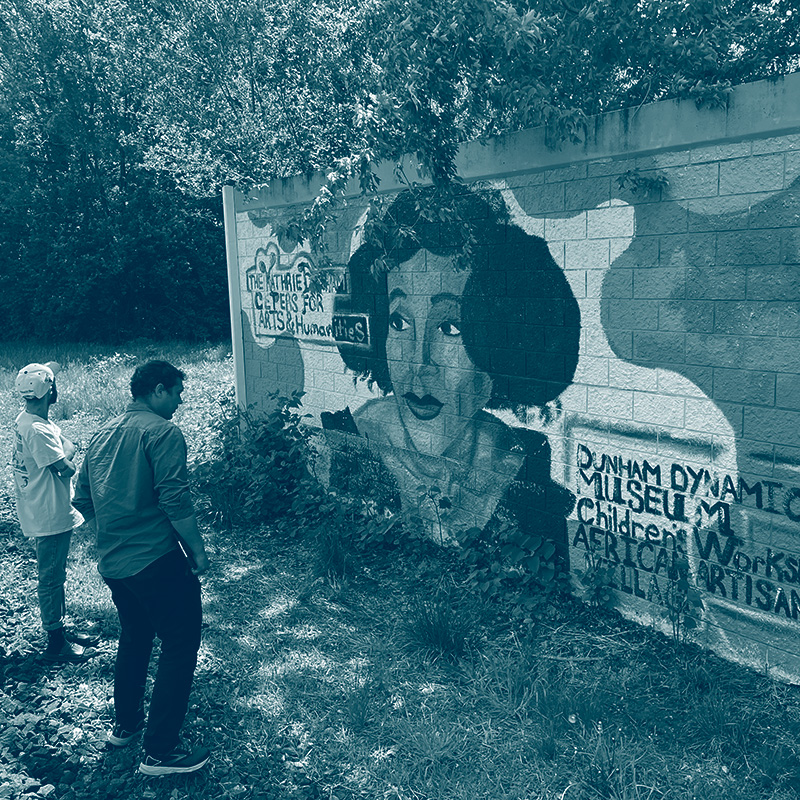Workforce Development
Illinois has the fifth largest creative workforce in the country, with more than 22,000 creative businesses and 216,000 creative workers across the state.


Creative workers encompass a wide array of creative disciplines and industry areas.
They also contribute powerfully to our state’s economy: The Illinois creative sector generates $30 billion in economic activity annually, a greater share of the Illinois gross state product than construction or agriculture.
Strengthening, growing, and sustaining this creative workforce takes deliberate and strategic action.
Investment
Workforce development within the existing creative industries, including paid apprenticeships, training programs, and increasing the number of well-paying jobs within the creative sector.
Responsiveness
Short-term commissions in a variety of civic and social cohesion projects to employ creative sector workers.
Activation
Employment initiatives for creative workers seeking more stability than their current practice offers. These initiatives would transition workers to more stable employment scenarios in other industries that complement their creative practice.
Stabilization
National, statewide, and local policy interventions that stabilize gig workers across industries with portable benefits, basic income, housing, and a social safety net.
Illinois Creative Workforce Activation
The Illinois Creative Workforce Activation (ICWA) program was conceived to expand the employment opportunities and career paths open to the state’s creative workers while also addressing needs in key growth industries in Illinois.
Some creative workers are interested in pivoting and applying their skillsets to other fields. We are exploring how to support these creative workers by providing training to translate the skills commonly found among artists and creatives to serve other industries in need of highly-skilled workers, including public health, advanced manufacturing and information technology.
These pathways allow workers to align their stabilizing job with their creative practice, supporting their efforts both within and outside of the creative economy.

Research and Resources
Access relevant reports from the Alliance, field research, and policy recommendations and implementation examples from across the nation on our resources page.

